Barons, Churches, Kings, and Citizens

In general, four powers have ruled over the citizens of a nation in any era, these are Barons, Churches, Kings, and Citizens themselves.
The political terms left and right are comparative terms that describe political views as: liberalism, collectivism, and liberty (left) vs. conservatism, individualism, and authority (right).
Since political ideology is a complex spectrum of beliefs and actions, the terms are best applied with nuance. They can be used to make absolute statements like Monarchies are right-wing forms of government in terms of power structure. Or they can be used to make comparative statements such as, a progressive Democrat is to the right of a radical anarchist. See the pages below for detailed discussions into the aspects of the political left and right.

In general, four powers have ruled over the citizens of a nation in any era, these are Barons, Churches, Kings, and Citizens themselves.
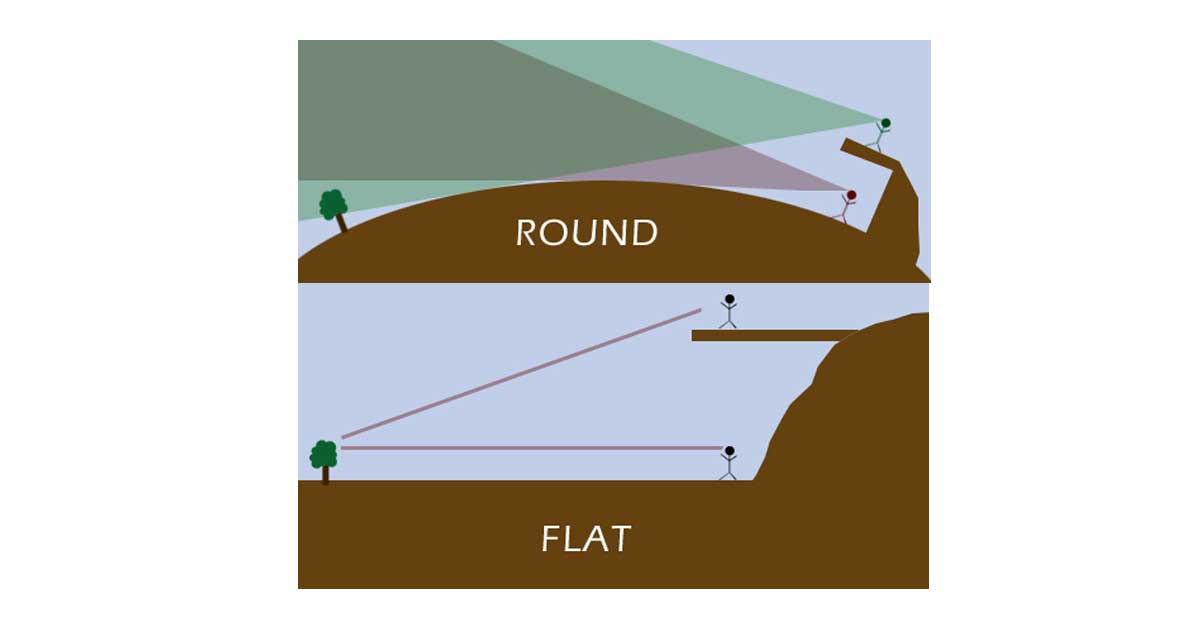
Reason is the application of “pure logic”, empirical evidence, experiment, and skepticism to find truths, facts, and theories (AKA “critical thinking”).
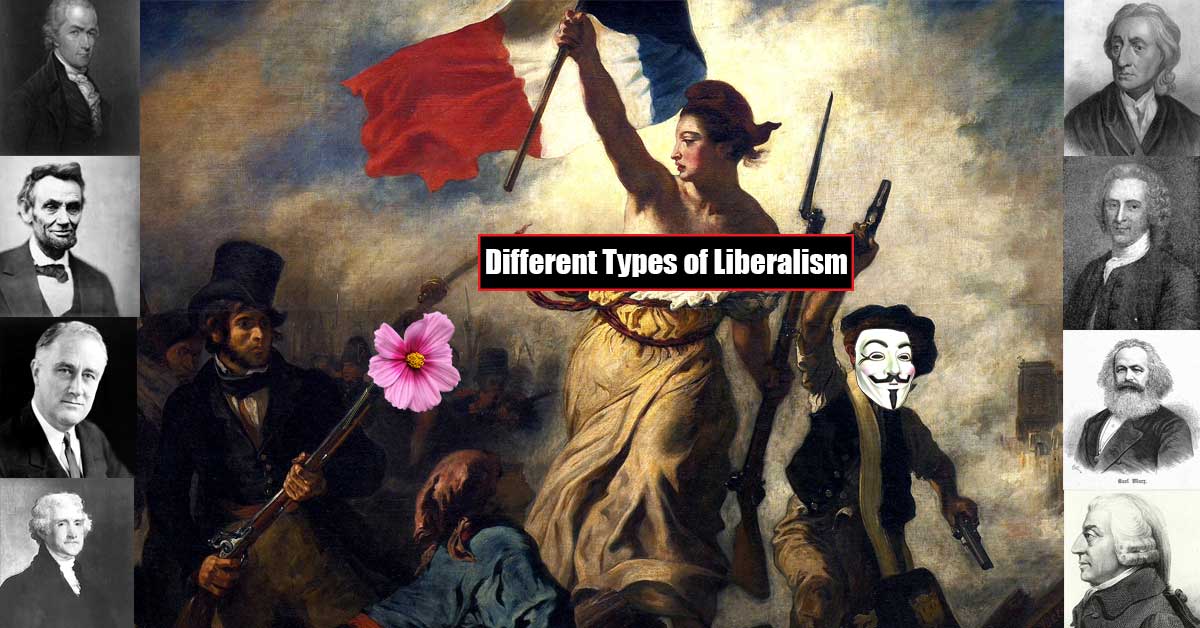
Liberalism is the political ideology of liberty and equality, where classical liberalism emphasizes individual liberty and social liberalism emphasizes social equality.
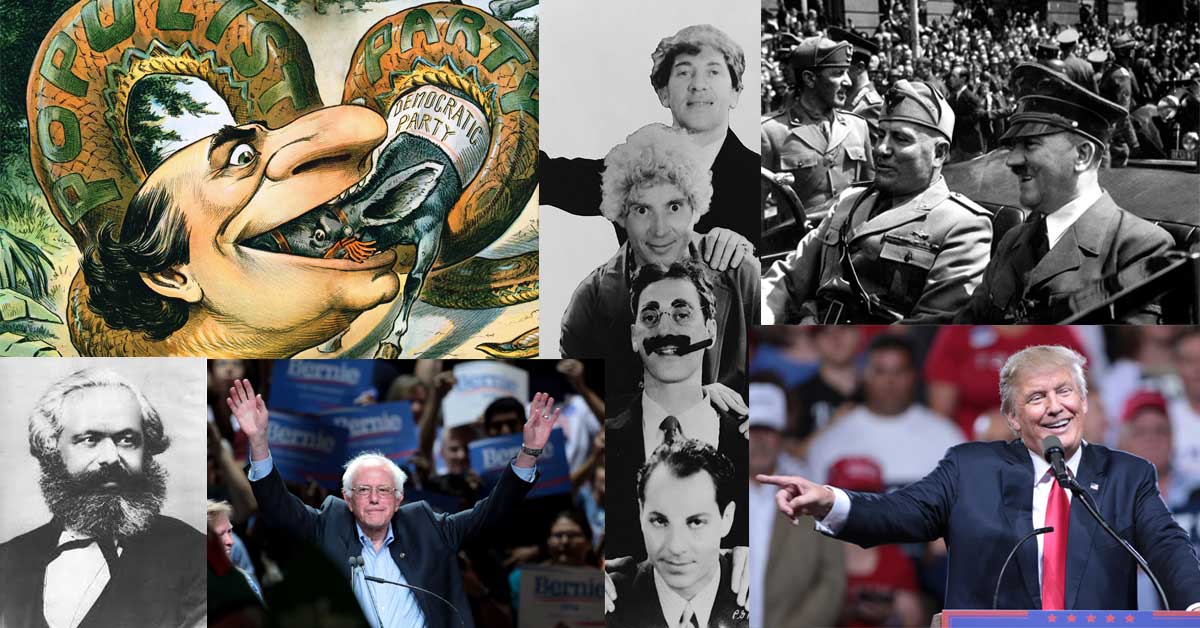
Populism is a broad term that generally describes popular sentiment felt by the working class against the elites. It can look like social conservative nativist right-wing populism or social liberal progressive left-wing populism.

We explain the American political left-wing and right-wing by looking at the different factions that make up American liberalism and American conservatism.

If the 2016 election proved anything, it proved that the votes of progressive populists (like Bernie) and nativist populists (like Trump) matter in elections.
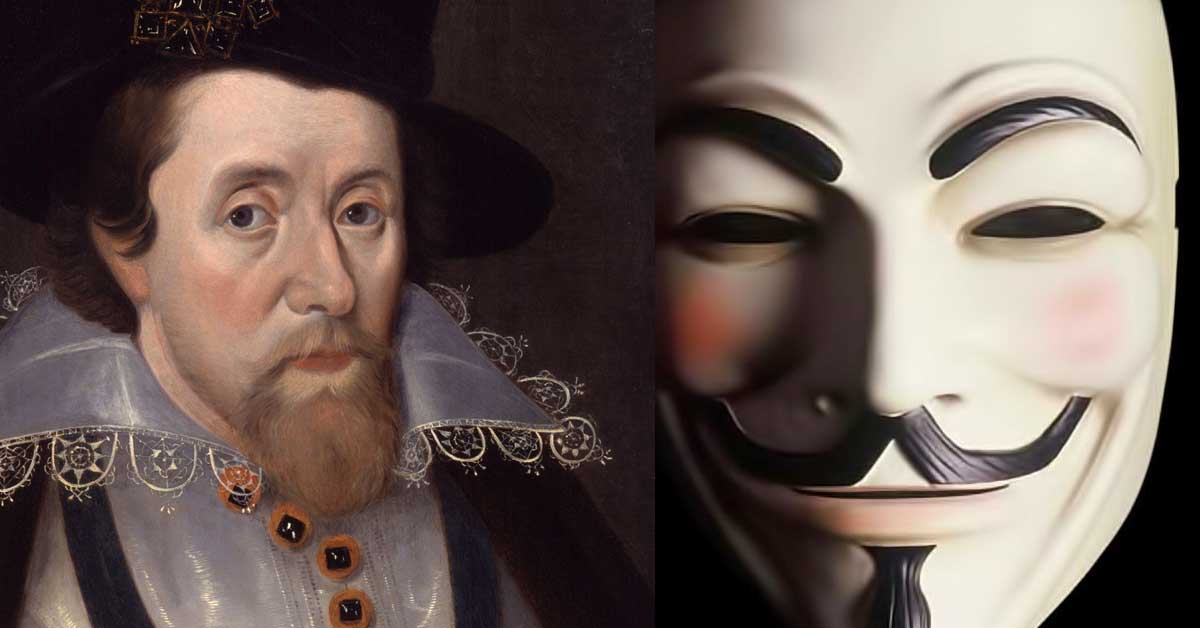
We explain Guy Fawkes, Guy Fawkes Day, and the symbolism behind the the Guy Fawkes mask, the fifth of November, and the Gunpowder, Treason, and Plot.

We present a simple guide to Marx, Marxian class theory, Marx’s theory of history, and Marx’s economic theories to help westerners understand what Marx was all about.
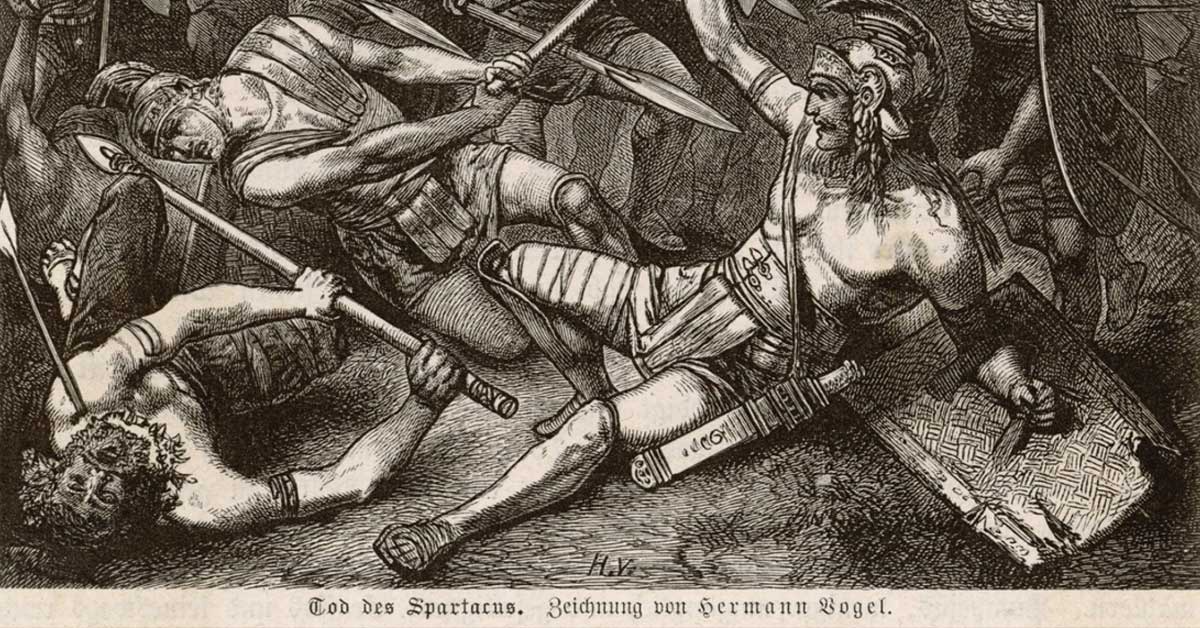
Civil War, Revolution, and Rebellion all refer to different types of disputes between citizens of country regarding governmental power or authority.
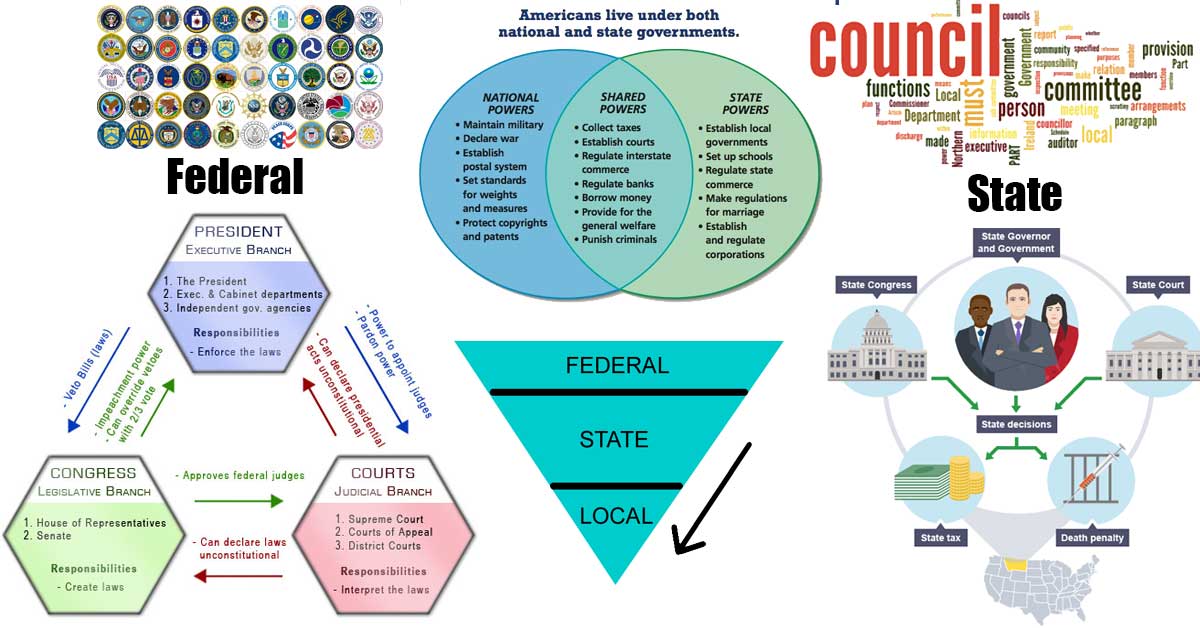
Separation of Powers describes the way in which government is divided into different branches (ex. in the U.S., the legislative, executive, and judicial). Checks and balances describe the powers each branch has to “check” the other branches and ensure a balance of power.